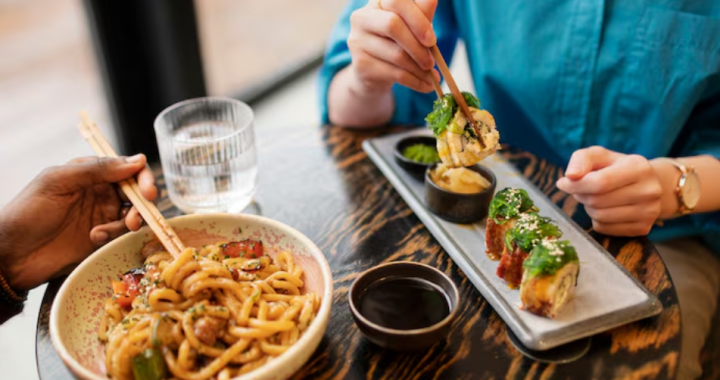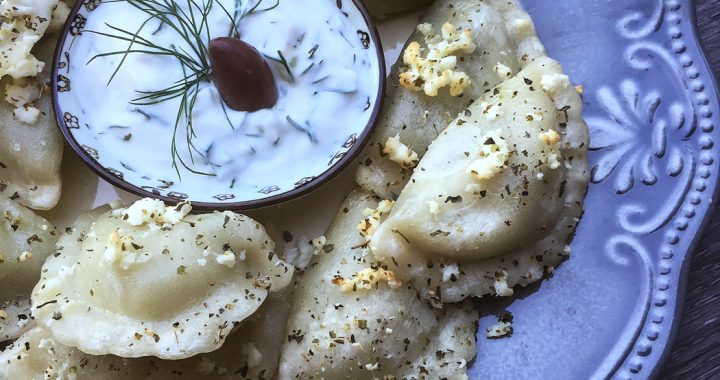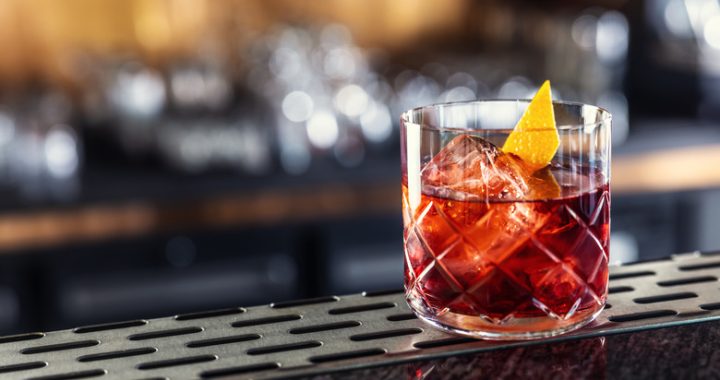Incorporating Sea Buckthorn into Your Permaculture Design for a Thriving Edible Forest
The potential to develop thriving and resilient ecosystems has made permaculture a popular choice. And, sea buckthorn (Hippophae rhamnoides) is an intriguing component to use in your permaculture design. In your attempt to establish a healthy edible forest, sea buckthorn can be a game-changer.
Here, we’ll discuss the advantages of sea buckthorn and how to include it into your permaculture paradise.
A Superfood Pioneer: Sea Buckthorn
First, let’s find out why sea buckthorn belongs in your edible forest.
- Nutrient Powerhouse: Sea buckthorn berries are full of vitamins (particularly vitamin C), minerals, and antioxidants. They have a comparable nutritional value to some of the most popular superfoods, including acai and goji berries.
- Extremely Hardy and Adaptable: Sea buckthorn plants can survive in a variety of harsh climatic conditions, including sandy soils and rocky slopes. They are a perfect pick for your permaculture environment because of their versatility.
- Dynamic Erosion Control: Sea buckthorn is a great plant for soil erosion control as its strong, deep roots can stabilize the soil.
- Dynamic Nitrogen Fixer: This plant can fix nitrogen, which means it provides nitrogen to the soil, promoting the growth of other plants.
- Delectable Berries: Last but not least, these tart, sour berries can be used in a variety of dishes, from jams and juices to teas and sweets.
Incorporating Sea Buckthorn into Your Permaculture Design
- Select the Right Varieties: Sea buckthorn comes in different varieties, each with its unique qualities. Choose varieties that are well-suited to your climate and soil conditions. Common varieties include ‘Leikora’ and ‘Hergo,’ known for their prolific fruit production.
- Design with Guilds: In permaculture, guilds are groups of plants that work together synergistically. Plant sea buckthorn alongside other nitrogen-fixing plants like legumes to enhance soil fertility. Consider including dynamic accumulators like comfrey or yarrow to enrich the soil even further.
- Windbreak and Erosion Control: Given its sturdy growth and root system, sea buckthorn makes an excellent choice for windbreaks and controlling erosion on slopes or near water bodies.
- Berms and Swales: To collect rainfall, incorporate berms and swales into your permaculture design. To take advantage of the increased moisture, grow sea buckthorn on the downhill side of these elements.
- Companion planting: Sea buckthorn may create microclimates that increase diversity in your edible forest by shading and sheltering understory plants.
- Trimming and Berry gathering: Sea buckthorn plants benefit from regular trimming. Planning your harvest at the right time is important to get the best fruit. Typically, sea buckthorn berries mature in late summer and early fall.
You can include Omega Fruit Sea buckthorn plants in your permaculture design to get the best yield. As you take care of your edible forest, you’ll learn that sea buckthorn is more than simply a plant—it’s an essential component in developing a flourishing, abundant landscape that is good for both you and the environment.





